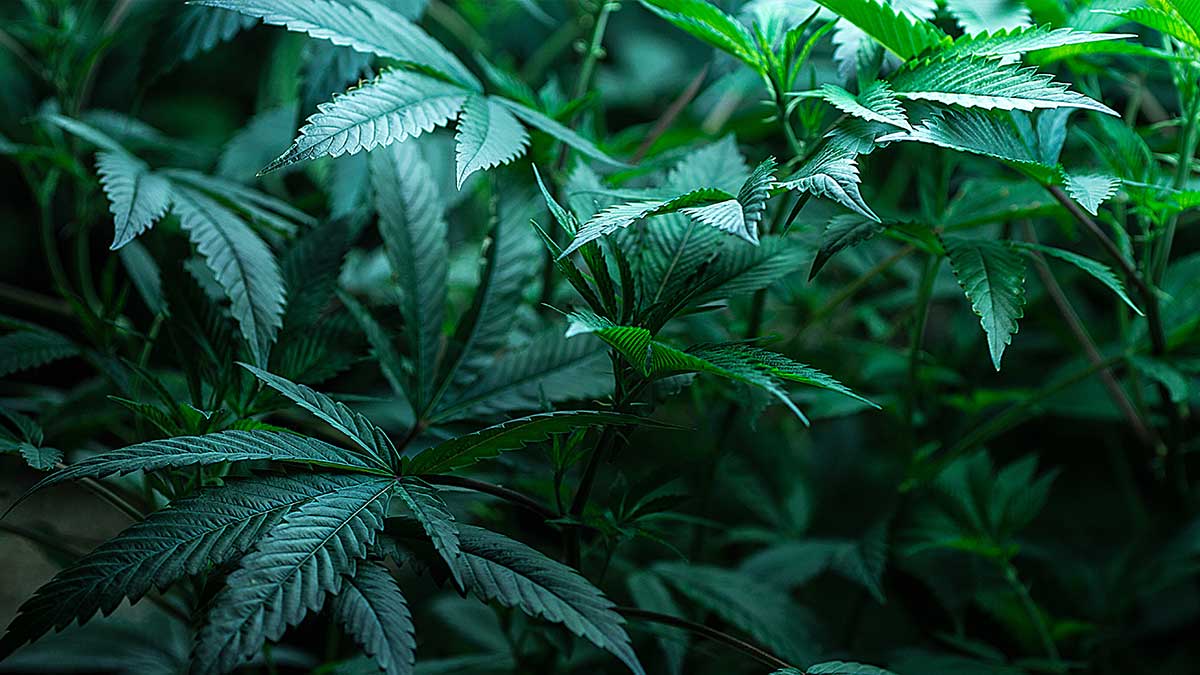Your Cart is Empty
FREE SHIPPING ON ALL ORDERS OVER $99

From live resin to pure terpenes, get on the latest cannabis trend.
Cannabinoids like THC and CBD get all the glory, but it’s terpenes that give every cannabis strain its unique smell and flavor. These compounds (volatile unsaturated hydrocarbons is the technical term) are found in the essential oils of all plants, especially citrus and coniferous trees.
When you smell the citrus, pine, or cheese smell of a cannabis plant, what you’re smelling are combinations of terpenes like limonene and pinene. And a cannabinoid is also a class of cannabis terpenes exclusive to the plant.
Here’s a great beginner’s cannabis terpene chart from Leafly:

In extraction, these terpenes matter because concentrates containing them (and even the terpenes themselves) can fetch a premium price on the cannabis market. Live resin is also coveted, as the terpene profile of a cannabis bud changes during the curing process.
This guide is intended to explain the terpene extraction process and what to look for while doing it. Let’s get started.
Terpene extraction isn’t a new process, nor is it exclusive to cannabis. In fact, essential oils have long been used in Ayurvedic practices, science, medicine, food processing, and more.
The process for extracting cannabinoids and other cannabis terpenes is the same as extraction techniques for other plants.
A solvent is used in the extraction process, and in the case of cannabis, supercritical carbon dioxide, butane, and ethanol are typically used to extract the cannabinoid material, which is centralized in the plant’s trichomes. Essentially, you’re feeding raw plant material into pressurized tubes, where they’re washed with solvents to extract the essential oils.
Carbon filtration similar to Brita water filters are used to remove other plant particles from the essential oils, then the resulting concentrate is purged of any remaining solvent.
The difference in extracting terpenes is you’ll leave the plant material in the extractor longer to pull more terpenes in the process. This dilutes the amount of THC, but raises the amount of terpenes and even CBD in the concentrate, resulting in a darker product.
Because more terpenes are present in the final product, the resulting cannabis extract will have a smell that more closely resembles the actual plant that was fed into the process. Now that we have the basics of terpene extraction covered, let’s dive into some of the products that take advantage of this process.

As discussed above, there are basically two different terpene profiles you can get from a single cannabis strain. One is from the live plant, which when extracted is labeled “live resin.” The other is from the cured plant, which is what’s typically sold in dispensaries and familiar on the consumer market. This is often labeled as “terp” or “terpene” extracts.
Now, I also mentioned throughout this article that a cannabinoid is a cannabis-specific terpene, but the other compounds in a strain’s cannabis terpene profile are also found in other plants. We mentioned limonene smells citrusy, and as such, it’s also found in the essential oils of citrus trees like grapefruit, orange, lemon, and lime.
Pinene is responsible for the familiar smell of a pine tree, etc. So the economics of extraction come into play here. Each extraction lab needs to figure out whether it’s more economical to extract the terpenes from the cannabis, extending the extraction time, or purchase concentrated terpenes to infuse into the concentrate.
At scale, whichever plant provides the highest yield of a particular terpene is preferable, but an extract from a single source can also be sold at higher prices as a premium product. Essentially, using cannabis terpenes in your products that already contain a cannabinoid, like THC or CBD, creates five pricing tiers for the same product: basic concentrates, terpene-infused concentrates, cannabis-terpene concentrates, live resin, and terpenes.
Many people will purchase cannabinoid-free terpenes, making essential oils containing them a great auxiliary product to sell with or without a medical or recreational cannabis license.
Some customers also don’t like the flavor of cannabis-infused edibles, but using terpenes, the smell and taste of both edibles and topicals can be manipulated and optimized. Experimenting with different terpene levels in your cannabis products will create a variety of sensory experiences.
Like a fine wine, cannabis has a very specific smell and taste that’s unique to each strain. This is because of the cannabinoid and terpene percentages in each strain. By including terpenes in your extraction process, you can create a variety of products with unique flavors and smells that will make your brand stand out in a crowded marketplace.